How to make money with Nature Photography
Which nature photography images make money? This simple question is frustratingly difficult to answer. Why? Because you never know which nature photo will make money.
When a client asked about waterfalls, Jay’s first instinct was to send them stunning waterfall images. Photos with brilliant colors, perfect light, and the right exposure that inspire a viewer to quit their job and go travelling. After all, these images are some of Jay’s favorites. He specifically photographed them for fine art prints. They are some of the most popular images on social media. Jay created these photos using a tripod, remote release, and a carefully-selected aperture to maximize sharpness throughout the image.
But surprisingly, the client passed on all of the popular shots from Jay’s gallery. Instead, she chose a quiet, local image; one that Jay had never sold before.
This is definitely not one of Jay’s favorite photos. While it was shot using a tripod and a remote release to ensure maximum sharpness, this local image of Cedar Falls lacks the vibrant colors or grand vistas that you typically find in Jay’s more popular landscape photos. He was curious about her choice… so he asked her about it. The answer was simple – they wanted images of local icons – no matter how ordinary they may look compared with the other breathtaking photos.
This story illustrates a perfect example of why it is difficult to know which nature photos will make money. However, there are certainly trends that we have noticed while making money from selling our nature photos over the past decade. Based on these trends, here are few ideas to help you start making money with your nature photography images.
Local Image and Iconic Locations
A variation of this local icon sales strategy is to offer iconic shots of widely-traveled locations when you sell your photos at local art and craft shows. Because many people have likely visited these places during childhood family vacations, they are more likely to purchase these photographs because of fond memories. A few years ago, we licensed our images to local firms who were creating large canvas images. The highest selling prints were those from Death Valley National Park and the Grand Canyon.
So, the next time you attend a local art fair, be sure to have plenty of local images and iconic locations. Colorful photographs capture the eye of the viewer, but familiar places capture their hearts.
Shoot both Vertical and Horizontal Formats
When we are in the field, we sometimes find that a composition works best in either horizontal or vertical orientation. But in most cases, after capturing the most visually appealing image, we try to find another shot that works with the camera turned 90 degrees. Why? Because you never know where the nature photo you captured will be used. What if a client is looking for a collection of images for a video production? He is probably going to need horizontal images. If a client is looking for photos for a magazine or cellphone background, she will likely need a vertical shot.
Jay’s image titled Heaven’s Gate is one of the most popular fine art images in his collection. It has sold more times as a large print then any of his other images. But a few years ago, he sold a vertical image from the same location to the Montana Department of Tourism. The department was looking for an image with vertical orientation to go on the cover page of their 2015 Tourism Guide.
In today’s age of mobile devices, there are plenty of uses for both orientations. Background displays on desktop and laptop monitors use horizontal images, while background displays on cellphones use vertical images. Since you never know who may want to purchase your images or for what purpose, you can’t know which orientation will work best for their needs. Shoot in both orientations and you’ll be ready no matter what.
Fine Art Wall Calendars
The market for annual wall calendars offers landscape photographers a good source of income. The creators of a 2018 fine art calendar publication titled The Earth selected the following images. The same calendar saw the publication of three more of Jay’s photographs.
Images for calendars like these are chosen based upon location, theme, or terrain (such as seascapes, forests, waterfalls, and mountains) while shots from National Parks are some of the most popular. Most wall calendars are designed with daily scheduling in mind but this one is intended to be an artwork display. A large and beautifully printed photograph represents each month with a small calendar at the bottom of each page. Most of the photographs showcase dramatic light.
This isn’t first time that we’ve published images to calendar companies. Back in the mid-2000s we published our own calendar as a part of our Time Catcher team. The self-publishing industry has come a long way since then. Today, companies like Blurb.com, Cafepress.com, Lulu.com, and others can readily handle the logistical issues which can make self-publishing a very lucrative way of to make money for landscape photographers.
Ready to Hang Canvas Nature Photography Prints
Would you be surprised if we told you that giclée canvas prints are some of our biggest sellers? There’s just nothing like a really BIG print to make a statement or tie a room together.
In most cases, we don’t get to see a print after it’s hung, so it was a real treat to see this one in its place of honor over the fireplace. This canvas print is hanging in a beautifully decorated home near Atlanta, GA. The colors in the room were actually chosen to match the print – the entire room is coordinated to match the colors in the photograph. I wish we could give you a tour of the whole house which is a work of art itself. This little shot that Jay took with his iPhone will have to suffice. :)

Make Money by selling ready-to-hang fine art print – Point Lobos, California
Canvas prints are more expensive – especially really big ones. Most people hang them without a frame since they stand alone so well. This way, they avoid the expense of framing which makes the price much easier to swallow. If you are selling your photographs, consider offering them on canvas at large size. A photo printed at that size packs a whole lot of punch!
Create Collections for Clients
When you present your images for sale, consider using gallery features that allow you to group your images into categories based upon similarities. For example, we have one gallery dedicated solely to unusual geology and another that is just for water shots. You can set up a gallery for images with a dominant blue color theme or for photographs from a specific location. Your options are wide open.
We use SmugMug for our online print sales and absolutely love the Smart Galleries Feature. It lets you use keywords to create collections so that potential buyers view images with shared characteristics. When a buyer wants more than one image, they often have a theme in mind. One buyer asked me for 30 detail shots that she could sell as a wallpaper collection. Another wanted several waterfall photographs for decorating a newly-opened hospital. In Cleveland, a buyer wanted images of local parks and iconic locations for the walls of an office building. As you build your portfolio, keep an eye out for images that work well together and be sure to present them as potential groupings.
Do you sell your nature photos online, at local art fairs, or license your images? If so, feel free to share your own experience about selling nature photos to make money.


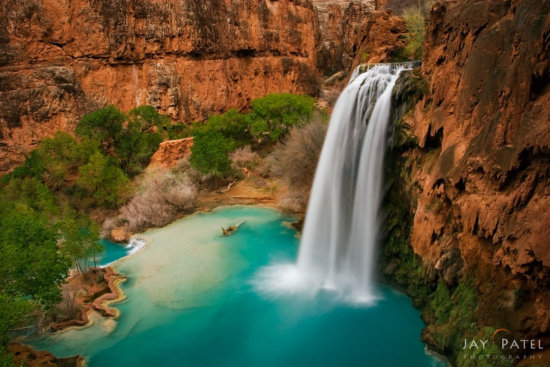


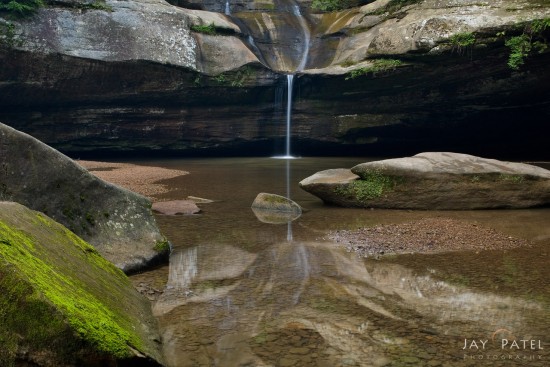

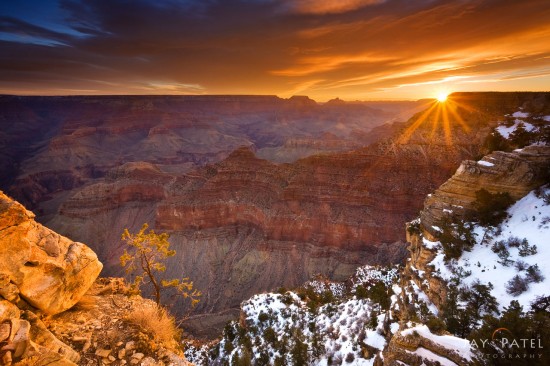




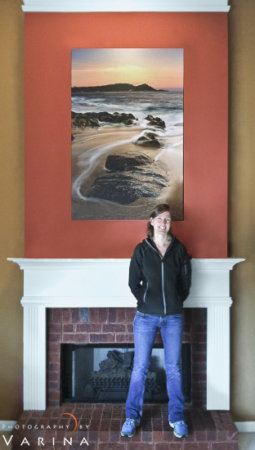
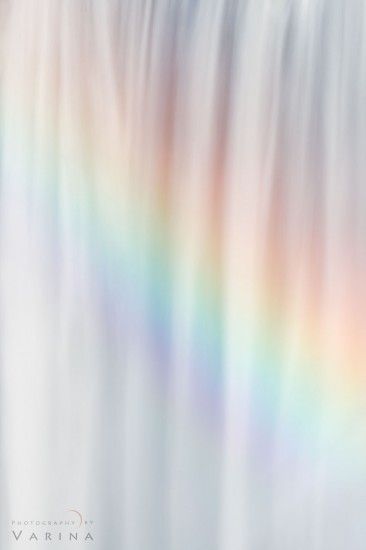




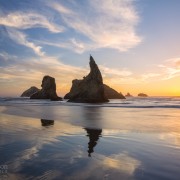
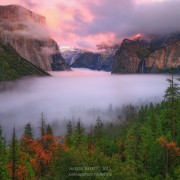




I haven’t figured out how or who to contact as far as stock agencies and I am just dying to know which printers are really able to produce a high quality ‘fine art’ calendar that won’t charge so much that it would kill the project. Super glad I found this site and article; my husband is the photographer, I just handle the marketing, sales and all the other business stuff!! Thanks for your thoughts!
The easiest way to get started with stock agencies is to start with Micro stock agencies. You can sign up for an account and start submitting images. There is no one to contact unless you need help. The return on your time spend is limited. If you get in with big stock agencies like Getty you may make more money, but it depends upon what images you have uploaded and if there is a demand for them.
If you want to make money by selling calendars yourself you have to remember few things:
Hi Jay, Varina
We met when you both presented at Nature Visions a few years back – I still think about some of the things you presented that day!
To come back to this post – I’m always intrigued by how people can make a living from photography – especially nature and travel photography. Your advice is spot on, but is probably more aligned with the artist viewpoint. You both create exquisite images that will be printed perfectly for sale. I’ve tended to follow the quantity and diversity route by taking as many images as I can, some of them pretty good, I think, but then licensing them via stock agencies to get the maximum number of sales that I can. I do occasionally sell prints via Print on Demand sites like Fine Art America and Society6, and have had some success with calendars on Zazzle, but the bulk of my income comes from endless sales ranging from 38c up to a $120 or so. I see those buyers as looking for a specific image of a place (or a thing) and if yours is good enough, then they will license it. Some of my images that I think are closer to “perfection” sell more often and for higher values, but it is not always easy to spot which ones will take off – your waterfall example is a case in point.
Thanks for continuing to post useful and interesting articles!
Steve
Thanks for taking time to provide great insight. Calendars have long been a good source of income for Landscape and Nature Photographers.